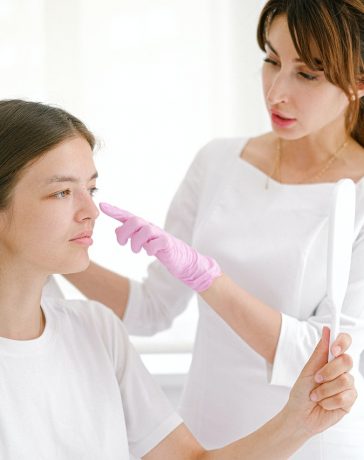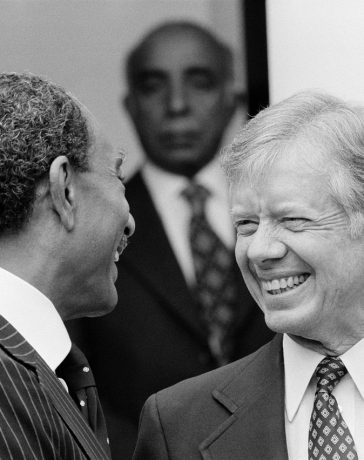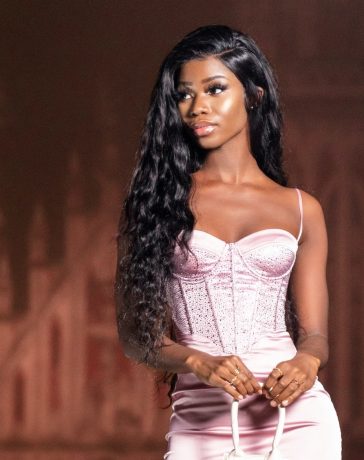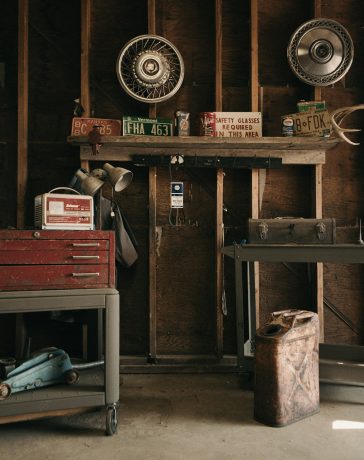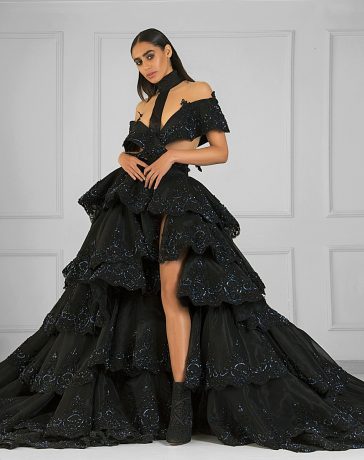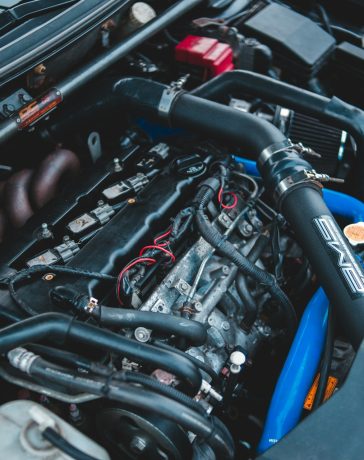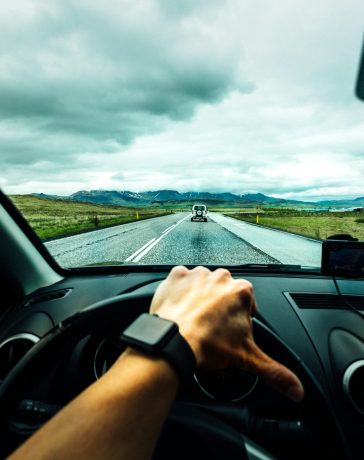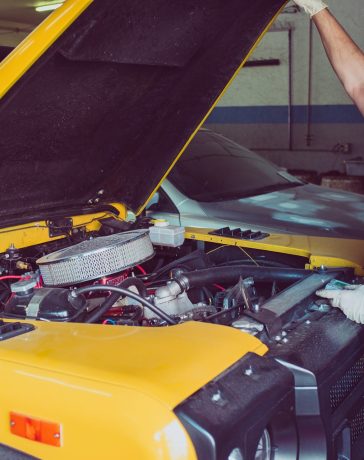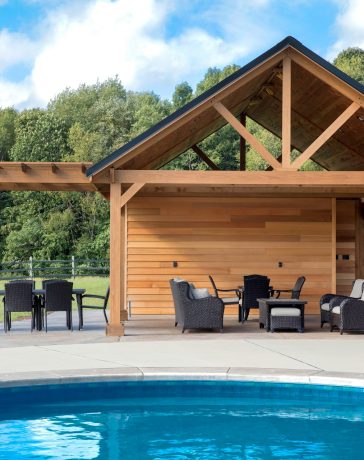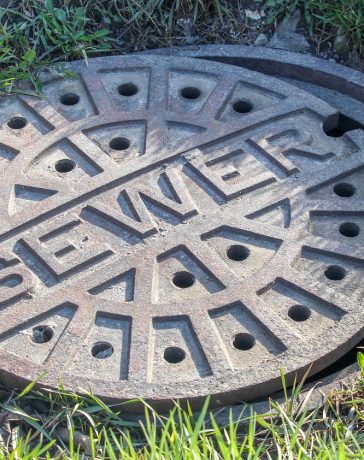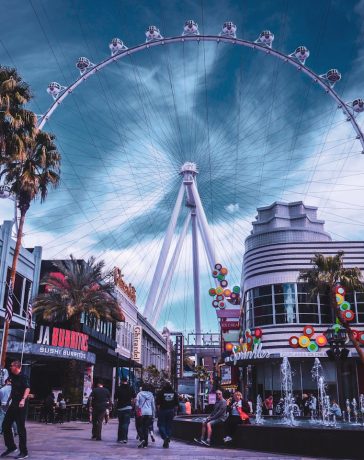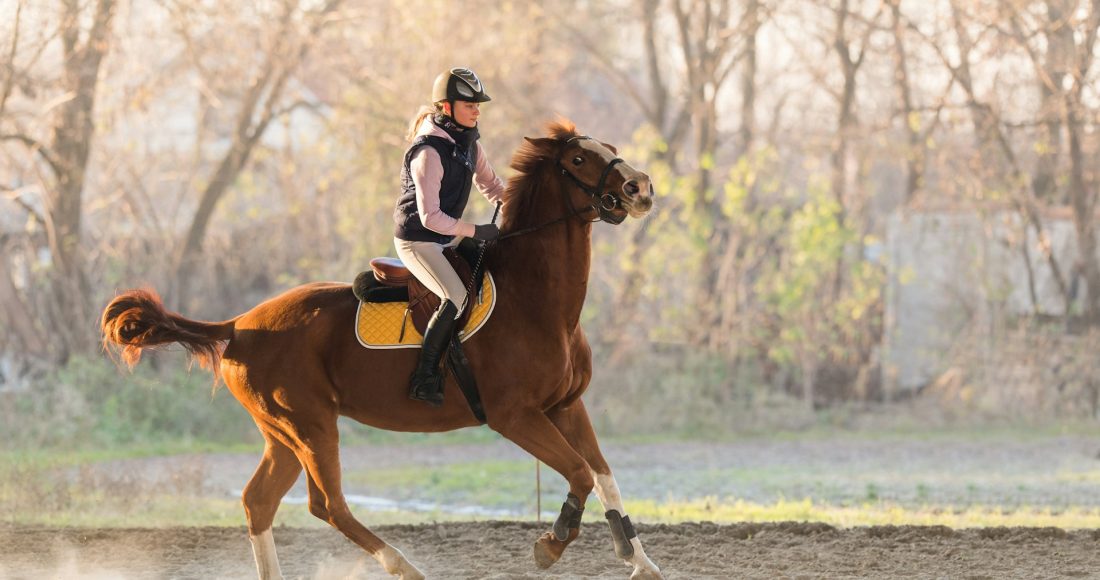Key Takeaways:
- Top-notch horseriding equipment is crucial for both safety and performance in equestrian sports.
- Advancements in technology contribute to more effective and comfortable gear for riders and horses.
- Investing in quality equipment can lead to improved communication between horse and rider and overall better riding experience.
- Maintenance and proper care of equipment are essential for ensuring longevity and reliability.
Table of Contents
- The Importance of Quality Horseriding Equipment
- Saddles: Fit and Function
- Bridles and Bits: Enhancing Communication
- Riding Apparel: Combining Comfort with Function
- Protective Gear: Prioritizing Safety
- Care and Maintenance of Horseriding Equipment
- Technological Advancements in Equestrian Gear
- Choosing the Right Equipment: A Buyer’s Guide
- Future Directions in Equestrian Equipment Design
The Importance of Quality Horseriding Equipment
The significance of quality horseriding equipment in pursuing equestrian excellence cannot be overstated. Not only does it ensure the safety of both the horse and rider, but it also enhances performance by allowing for better control and comfort. From the material used to the craftsmanship of the product, each aspect plays a pivotal role in how effective the equipment is in the heat of competition or during a leisurely ride through the countryside.
Quality gear is designed to withstand the rigors of riding while providing the necessary support. Whether jumping a course, racing down a track, or performing a delicate dressage routine, the right equipment can make all the difference. It extends the rider’s aids, conveying subtle cues to the horse precisely and clearly.
Saddles: Fit and Function
The saddle is one of the most crucial pieces of riding equipment. It supports the rider and distributes weight evenly across the horse’s back, reducing the risk of injury or discomfort. A well-fitted saddle is imperative, as an improper fit can lead to poor performance, behavioral issues, and even long-term health problems for the horse.

The horse’s and rider’s physiques must be regarded when considering a saddle. A saddle allowing freedom of movement, proper alignment, and stability is critical to achieving peak performance. With many options available, from Western to English, and specialized saddles for various disciplines, riders should seek professional assistance to find the perfect match.
Bridles and Bits: Enhancing Communication
The bridle and bit are not merely tools for control but instruments of communication between horse and rider. A quality harness fits comfortably, avoiding pressure points that could cause discomfort or miscommunication. The choice of bit is equally important as it directly influences the horse’s mouth, one of their most sensitive areas. From searches, a different action from snaffles to curbs-selecting the right one is a nuanced process that can significantly affect your horse’s responsiveness.
When choosing their bridle and bit, riders must consider the horse’s training, the rider’s experience, and the demands of their specific discipline. The interplay of these factors determines the balance and harmony achieved during a ride and can significantly influence the horse’s well-being and willingness to perform.
Riding Apparel: Combining Comfort with Function
Riding apparel is a critical element of the equestrian’s wardrobe, serving practical and safety functions. From breeches designed for freedom of movement to boots that protect and offer a stable base in the stirrups, apparel choices can impact performance. Additionally, clothing suited to the weather and riding conditions can prevent discomfort and potential health issues.
Manufacturers of riding attire always seek to blend style, comfort, and practicality. Many garments incorporate modern fabrics that offer breathability, durability, and ease of care—all essential for the active equestrian facing the elements and the rigors of daily rides.
Protective Gear: Prioritizing Safety
While equestrian sports are thrilling, they come with inherent risks. Protective gear such as helmets, body protectors, and safety stirrups are non-negotiable for the safety-conscious rider. Advances in materials and design have led to protective equipment that is not only effective but also comfortable and stylish.
Helmets are a necessity, and finding one that fits correctly is vital. They should meet or exceed current safety standards to provide optimal protection in the event of a fall. Body protectors and air vests add a layer of security, especially in disciplines that involve higher risks, such as eventing and show jumping.
Care and Maintenance of Horseriding Equipment
Investing in high-quality equipment is the first step; maintaining it ensures longevity and reliability. Regular cleaning, inspection, and proper storage all contribute to the life span of equestrian gear. Leather goods, in particular, require conditioning to prevent cracking and drying, while metal components like bits and stirrups need to be free of rust and debris for optimal function.
Developing a maintenance routine will keep equipment in top condition and provide an early warning for potential issues. A proactive approach to equipment care can prevent accidents and save riders from incurring unnecessary costs due to premature replacement.
Technological Advancements in Equestrian Gear
The horseriding equipment industry has been included in the technological revolution. Innovations in materials and design have enabled the creation of gear that improves communication, enhances comfort, and offers excellent protection. Synthetic materials that mimic leather qualities at a fraction of the weight and intelligent fabrics that adapt to temperature changes are just a few examples of how technology impacts the sport.
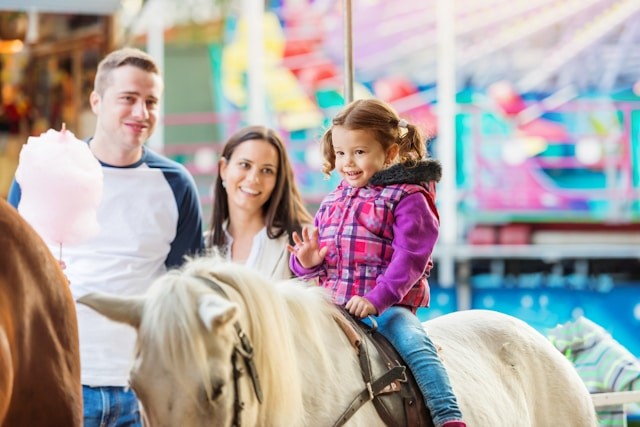
Furthermore, integrating data-tracking devices into equipment can offer insights into a horse’s performance, health, and needs. This technology not only aids riders and trainers in their decision-making but can also promote better horse welfare by highlighting areas that require attention.
Choosing the Right Equipment: A Buyer’s Guide
The variety of options available can make selecting the right equipment overwhelming. When making decisions, riders should consider their discipline, skill level, and budget. Consulting with seasoned professionals, trying different products, and understanding the return policies can help make informed purchases that meet specific needs.
Respected brands often offer higher standards of quality assurance, and while the price may reflect this, the investment is generally worthwhile. The right equipment should feel like a natural extension of the rider, enhancing rather than hindering the riding experience.
Future Directions in Equestrian Equipment Design
The future of equestrian equipment design holds exciting possibilities. With developments in sustainable materials, improvements in safety features, and the infusion of technology for performance tracking, the industry is on the brink of breakthroughs. As riders and manufacturers collaborate, the evolution of equipment will continue to be user-informed, ensuring that future innovations meet the real-world needs of both horse and rider.
Riders can look forward to equipment that performs better and aligns with ethical and environmental considerations—signifying a new era of responsible and advanced horseriding equipment.


